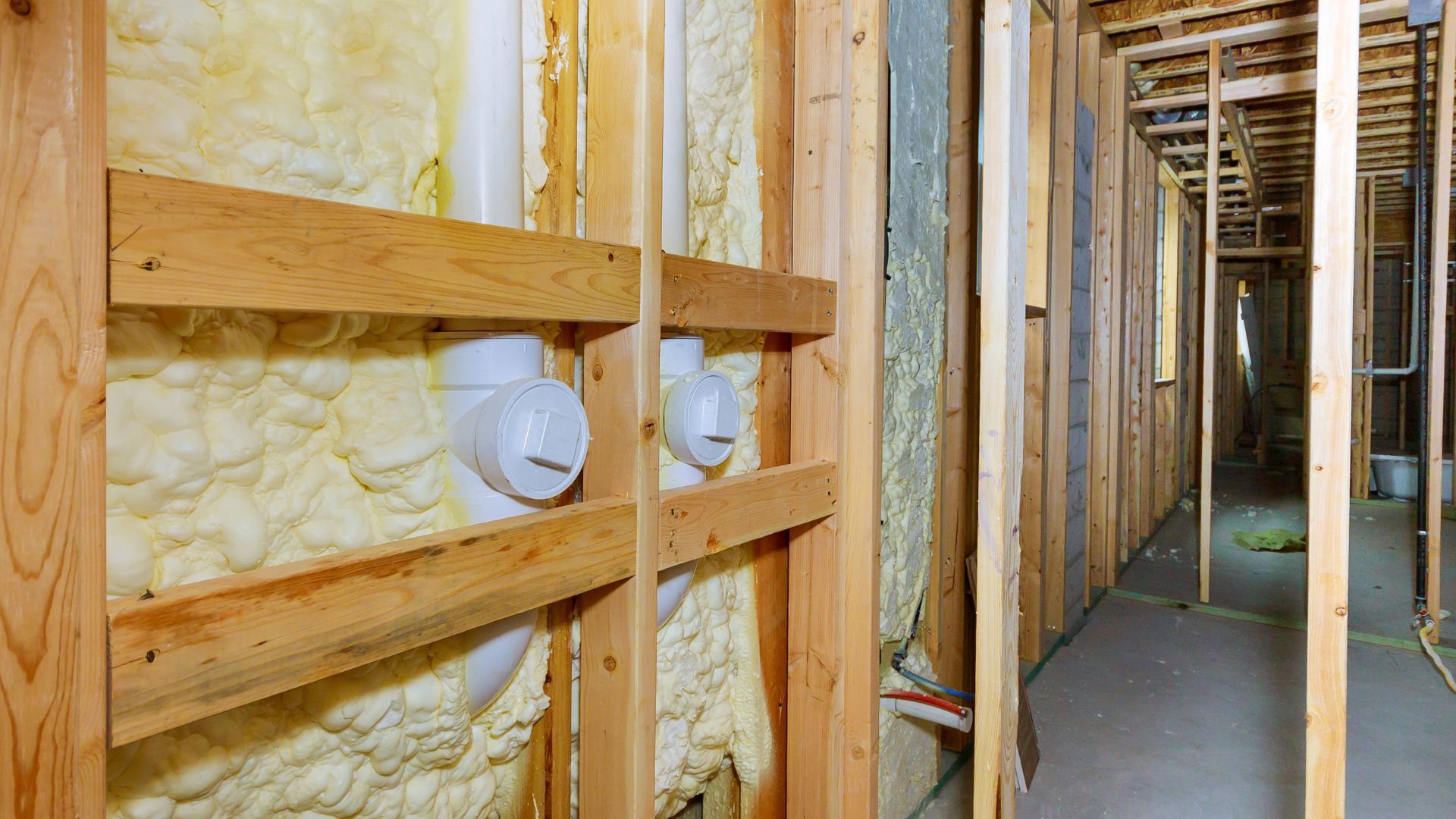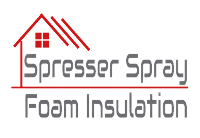Understanding the Fire Performance of Spray Foam Insulation Products in Spresser
The Gained Popularity of Spray Foam Insulation

Spray foam insulation has gained immense popularity in recent years for its remarkable thermal efficiency and ability to create airtight seals in buildings. However, concerns about its fire performance often arise, especially in high-risk environments such as Spresser. In this comprehensive guide, we will delve deep into understanding the fire performance of spray foam insulation products in Spresser, exploring their composition, testing standards, potential hazards, and best practices for safe installation.
Understanding Spray Foam Insulation:
Spray foam insulation is a versatile material commonly used in residential, commercial, and industrial buildings to improve energy efficiency and indoor comfort. It is typically composed of two main components: polyols and isocyanates. When these components are mixed, a chemical reaction occurs, resulting in the expansion of the foam and its adhesion to surfaces.
There are two primary types of spray foam insulation: open-cell and closed-cell. Open-cell foam is softer and less dense, providing excellent sound insulation but offering lower resistance to heat transfer. Closed-cell foam, on the other hand, is denser and more rigid, offering superior thermal insulation and structural support.
Fire Performance Testing Standards:
To assess the fire performance of spray foam insulation products, various testing standards are utilized. In the United States, the most commonly recognized standards are established by organizations such as the National Fire Protection Association (NFPA), Underwriters Laboratories (UL), and the International Code Council (ICC).
Proper Installation Techniques Mitigate The Risks Of Fire Hazards In Buildings Insulated With Spray Foam Products
Proper installation techniques play a critical role in mitigating the risks of fire hazards associated with buildings insulated with spray foam products. By following industry best practices and adhering to manufacturer guidelines, installers can significantly enhance the fire safety of the insulation system. Here are several ways in which proper installation techniques can achieve this:
· Ensuring Adequate Mixing: Proper mixing of the two components of spray foam insulation, polyols, and isocyanates, is essential to achieve the desired chemical reaction and foam expansion. Inadequate mixing can result in incomplete curing and the release of volatile compounds that may increase the flammability of the insulation.
· Optimizing Application Thickness: Applying spray foam insulation at the recommended thickness helps achieve the desired thermal performance while minimizing the risk of overheating and ignition. Thin or uneven application may create localized hotspots, increasing the likelihood of fire hazards.
· Sealing Penetrations and Gaps: Properly sealing penetrations, gaps, and voids in the building envelope with spray foam insulation helps prevent the spread of flames and smoke in the event of a fire. This reduces the potential for fire to spread between compartments and increases the overall fire resistance of the structure.
· Maintaining Proper Curing Time: Allowing spray foam insulation to cure fully according to the manufacturer's recommended timeframe is crucial for ensuring its stability and fire resistance. Premature exposure to heat or flame before curing completion can compromise the insulation's integrity and increase its susceptibility to ignition.
· Implementing Firestopping Measures: Incorporating firestopping measures, such as installing fire-rated barriers or intumescent coatings, at penetration points and junctions can further enhance the fire resistance of the insulation system. These measures help contain the spread of fire and smoke, limiting damage to the building and facilitating safe evacuation.
Overall, proper installation techniques not only optimize the thermal performance of spray foam insulation but also minimize fire hazards, contributing to a safer and more resilient built environment.
Potential Hazards of Spray Foam
While spray foam insulation offers numerous benefits, it is essential to be aware of potential fire hazards associated with its installation and use. Improper installation techniques, such as inadequate mixing of components or insufficient curing time, can increase the risk of fire hazards. Additionally, spray foam insulation is combustible and can release toxic gases when exposed to high temperatures.
In the event of a fire, spray foam insulation can contribute to the rapid spread of flames and the release of hazardous smoke and gases. Closed-cell foam, although more fire-resistant than open-cell foam, can still ignite under certain conditions.
Best Practices for Safe Installation
To mitigate the risks associated with spray foam insulation, adhering to best practices during installation is crucial. This includes ensuring that installers are trained and certified in the proper application of spray foam insulation. It is also essential to follow manufacturer guidelines regarding mixing ratios, curing times, and application techniques.
In addition to proper installation, incorporating fire safety measures into building design and construction can further enhance the fire performance of spray foam insulation products. This may include the installation of fire-rated barriers, such as gypsum board or intumescent coatings, to contain the spread of flames and smoke.
Increase Thermal Performance and Energy Efficiency with Spray Foam Insulation
Spray foam insulation products offer excellent thermal performance and energy efficiency benefits, making them a popular choice for building insulation. However, understanding their fire performance characteristics is essential, particularly in high-risk environments like Spresser. By familiarizing oneself with the composition of spray foam insulation, relevant testing standards, potential hazards, and best practices for safe installation, stakeholders can make informed decisions to ensure the fire safety of buildings insulated with spray foam products. Through proper installation techniques and adherence to fire safety regulations, the benefits of spray foam insulation can be maximized while minimizing associated risks.
SPEAK TO A TEAM MEMBER TODAY

All Rights Reserved | Spresser Spray Foam Insulation
Website Managed by
Leads By Vinny